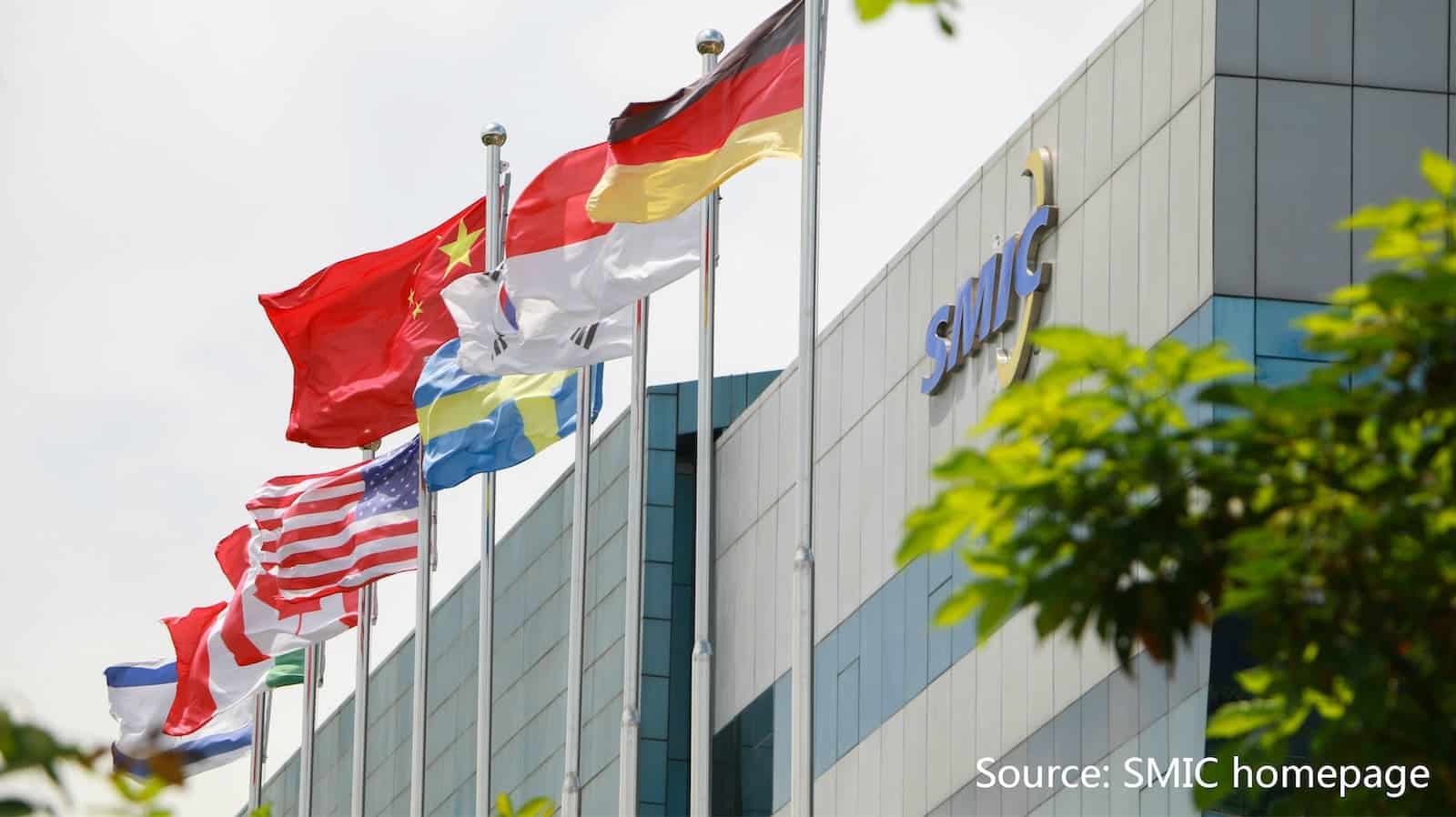U.S. sanctions prevent technical assistance from American manufacturers, forcing local engineers to take on critical tasks without official certification.
The Chinese company Semiconductor Manufacturing International Corporation (SMIC) has announced a possible revenue decrease of up to 6% for the second quarter, due to operational disruptions linked to the annual maintenance of its wafer manufacturing equipment. The main cause: the inability to receive technical support from American suppliers due to export restrictions imposed by Washington.
During the scheduled maintenance work, faults detected in newly installed tools reduced the amount of usable production, although they did not affect the average selling price. The situation has been exacerbated by the lack of certified technicians, forcing internal staff to carry out tasks for which they do not have formal training, increasing the risk of performance degradation and decline in manufacturing yields.
Critical Dependence on U.S. Equipment
The export controls imposed by the United States prevent manufacturers of advanced tools—such as Applied Materials or Lam Research—from providing support for equipment installed in China. This has left companies like SMIC in a vulnerable position regarding technical failures, especially in advanced manufacturing nodes.
The situation reflects a structural dependence of the Chinese industry on certain segments of the semiconductor value chain, despite the country’s efforts to achieve technological self-sufficiency.
Financial Results and Forecasts
In the first quarter of 2025, SMIC reported revenues of $2.247 billion, representing a 1.8% increase from the previous quarter. Of these revenues, 95.2% came from wafer sales, driven by:
- An 18% increase in shipments of 200 mm wafers.
- A 2% increase in shipments of 300 mm wafers.
- A factory utilization rate of 89.6%, which helped offset the impact of lower prices and higher depreciation.
However, technical performance issues have forced the company to divert between $30 million and $75 million from its originally allocated research and development (R&D) budget, which could have implications for mid-term innovation.
Despite this, SMIC’s management maintains its annual capital investment plan of $7.5 billion, reaffirming its commitment to expand capacity and modernize facilities.
Geopolitical Impact and Future Outlook
Co-CEO Haijun Zhao has downplayed the direct effect of tariffs and trade restrictions, stating that thanks to specific exemptions and coordination with international partners, the impact on revenues remains below 1%. However, Zhao warns that downstream prices could rise in the second half of the year, affecting global chip demand.
This latest episode highlights the fragility of globalized supply chains in an increasingly fragmented environment due to geopolitical tensions, with the technological war between China and the United States as a backdrop.
Key Report Highlights:
| Indicator | Value / Comment |
|---|---|
| Estimated Revenue Decline Q2 | Up to 6% |
| Q1 2025 Revenue | $2.247 billion |
| Increase in Shipments (200 mm) | +18% |
| Increase in Shipments (300 mm) | +2% |
| Factory Utilization | 89.6% |
| R&D Funds Diversion | $30 to $75 million |
| Projected Annual CapEx | $7.5 billion |
| Direct Impact of Tariffs | <1% (according to management) |
As SMIC grapples with immediate technical challenges and ongoing geopolitical pressure, the global semiconductor sector watches closely to see how this situation could affect chip prices, availability, and innovation pace at the largest Chinese contract semiconductor manufacturer.
Source: notebook check

